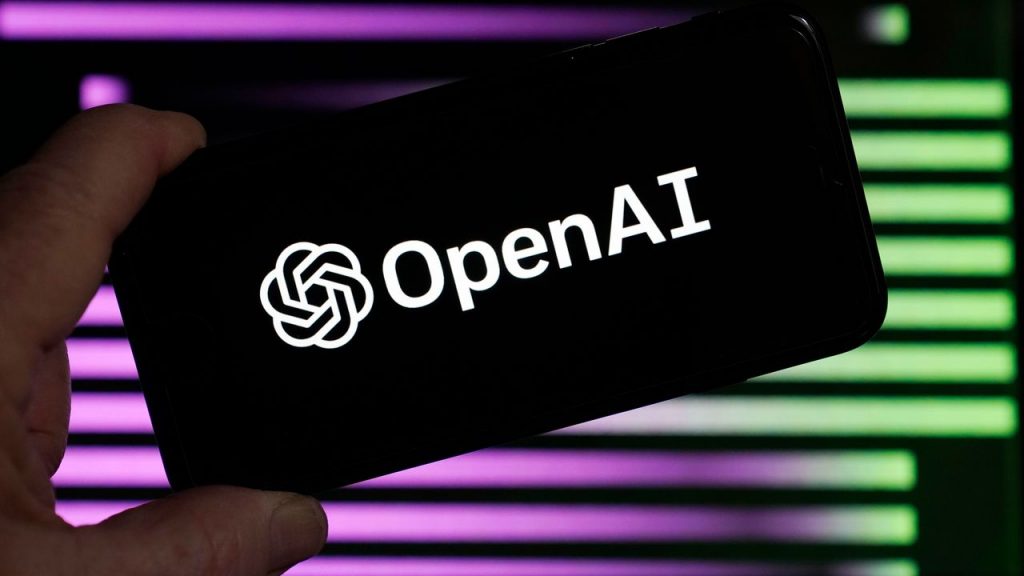In a surprising turn of events, OpenAI has decided to shut down its “AI classifier,” an AI-detection tool that aimed to distinguish between human-written text and AI-generated content from various sources.
OpenAI unveiled its “AI classifier” earlier this year to identify text authored by humans versus text generated by AI systems from different providers. The classifier was intended to help combat issues such as automated misinformation campaigns, academic dishonesty facilitated by AI tools, and misrepresenting AI chatbots as humans. However, despite these noble intentions, it has come to light that the classifier’s accuracy fell far short of expectations.
In a blog post dated January 31, OpenAI expressed hope in developing effective classifiers to address concerns related to AI-generated content. They acknowledged that detecting all AI-written text might not be feasible but believed that good classifiers could assist in mitigating false claims of human authorship.
Yet, in a recent update on the same blog post, dated July 20, OpenAI regretfully announced that the AI classifier is no longer available due to its low accuracy rate. As a result, they have taken it down from their website and are now focusing on researching more reliable techniques to determine the provenance of text. Additionally, OpenAI has committed to developing mechanisms that enable users to identify AI-generated audio or visual content.
The failure of the AI classifier holds significance for the future of AI detection and the ever-increasing use of generative AI. With the growing popularity of tools like ChatGPT, the proliferation of synthetic content has become a valid concern. As AI-generated text becomes more prevalent, distinguishing between human-authored and AI-authored content could become increasingly challenging. A dependable AI detector could play a crucial role in preserving the authenticity of information and preventing a complete erosion of reality.
Despite the setback, it’s unsurprising that OpenAI discontinued the project. They had never promised complete accuracy, and building a fully reliable AI detection tool has also proven elusive for others in the field. However, the fact that OpenAI suspended the classifier’s development within a relatively short time frame raises questions about the viability of near-term solutions for AI detection, especially given the lack of dependable alternatives at present.
As technology advances and AI-generated text becomes more widespread, the need for effective and reliable detection mechanisms becomes increasingly apparent. The challenges posed by synthetic content underscore the importance of continued research and development in this domain to maintain the integrity of information in an AI-driven world.

